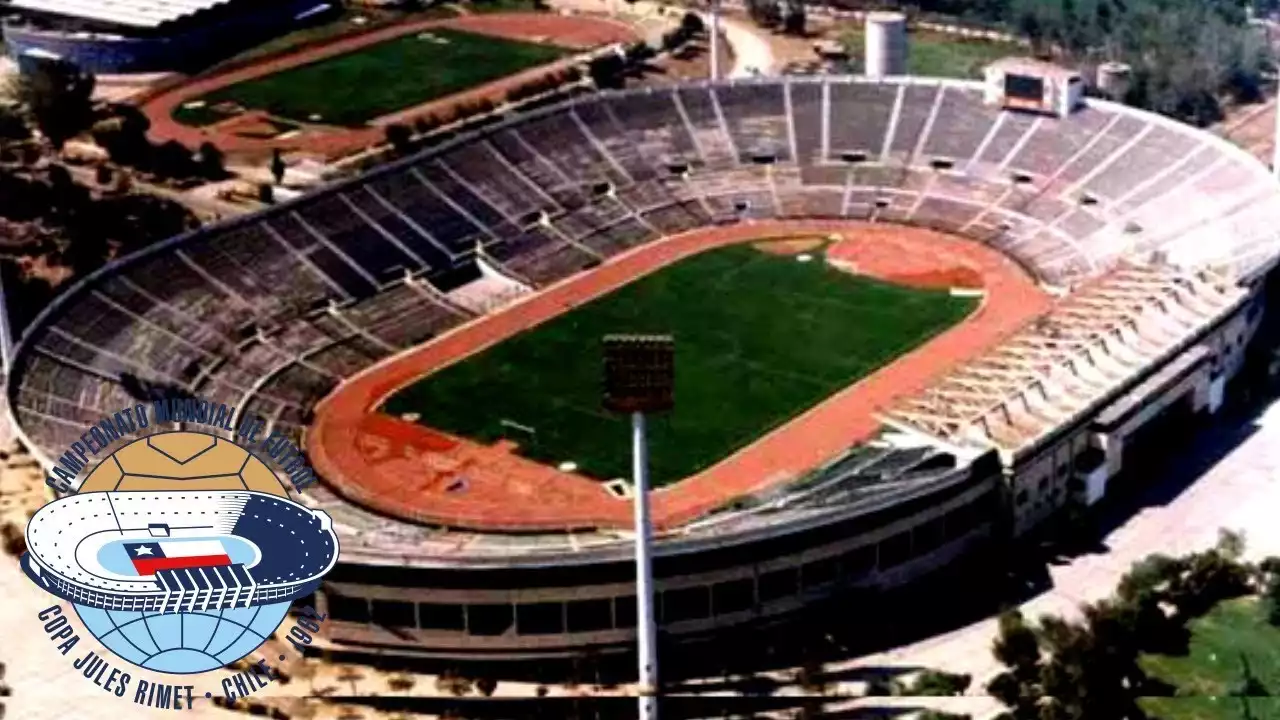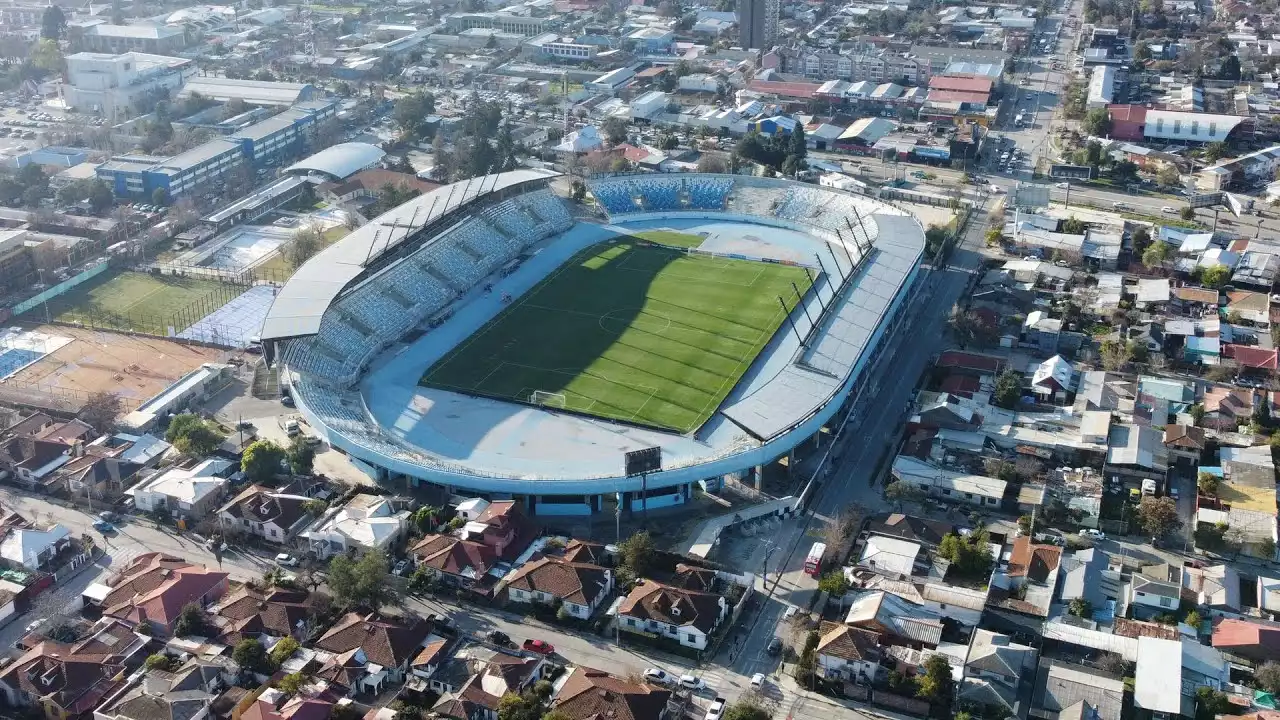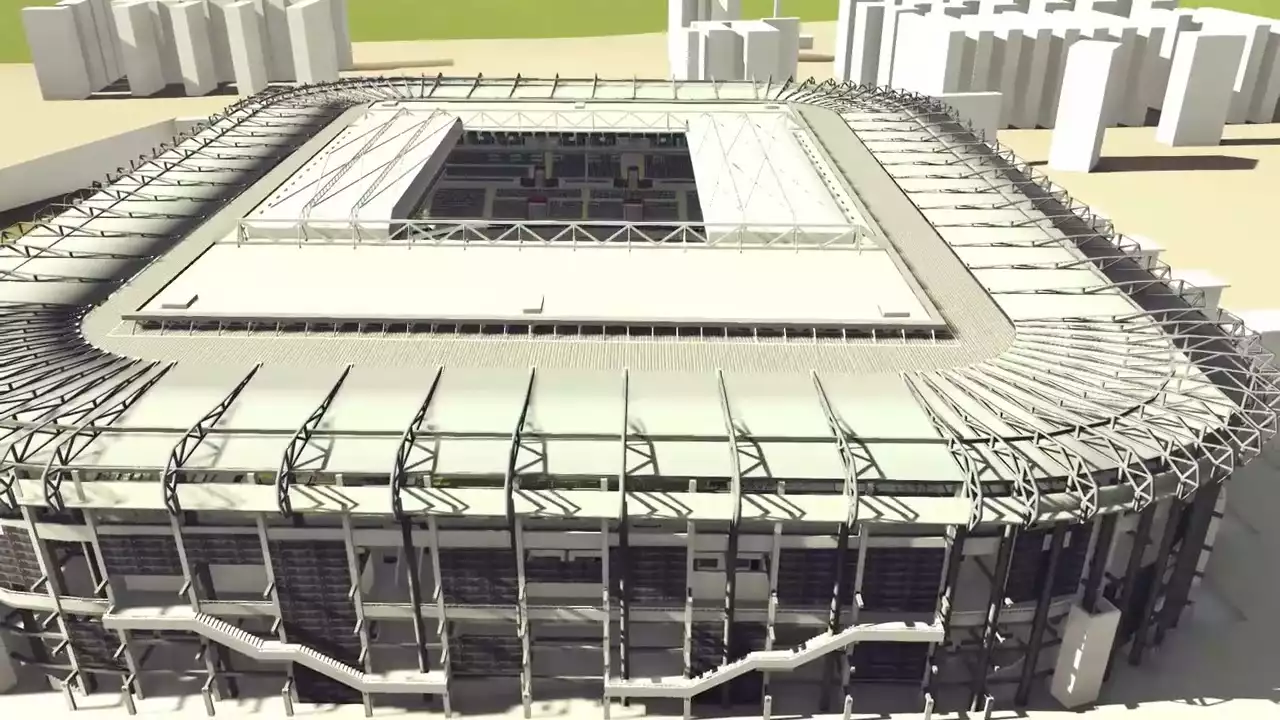The Role of Local Government in Stadium Projects
Local government plays a pivotal role in stadium projects, acting as a catalyst for change and progress. Their involvement ensures that the vision for a state-of-the-art sports arena translates into tangible results. From the initial stages of planning and design to the execution and management of the project, local government authorities in Chile are instrumental in ensuring the success of stadium projects.
In addition to creating a sense of pride and identity, stadium projects have a significant economic impact on the region. They attract tourists, generate revenue, and boost local businesses, creating a ripple effect that benefits the entire community. The local government's role extends beyond providing financial support; it also involves strategic decision-making, coordinating with stakeholders, and ensuring that the project aligns with the broader goals of urban development and sustainability.
Furthermore, local government authorities have the responsibility to ensure that the stadium project adheres to the highest standards of safety, accessibility, and environmental sustainability. Through stringent regulations and oversight, they guarantee that the stadium becomes a safe and inclusive space, accommodating people of all abilities and promoting eco-friendly practices. By prioritizing these aspects, local government authorities are able to create sports arenas that not only serve as venues for athletic events but also as community gathering places.
Benefits of Local Government Involvement in Stadium Projects
The involvement of local government in stadium projects brings a multitude of benefits to both the community and the nation as a whole. Firstly, it creates a sense of civic pride and unity. Sports, particularly football, hold a special place in the hearts of Chileans, and having world-class stadiums in their own backyard instills a sense of pride and belonging. These stadiums become symbols of national identity and provide a platform for athletes to showcase their talents on an international stage.
Additionally, stadium projects have a significant economic impact on the region. They attract tourists from near and far, who not only attend sporting events but also explore the local attractions, dine at nearby restaurants, and contribute to the local economy. The revenue generated from these activities can be reinvested into the community, funding further development and improving the quality of life for residents.
Furthermore, stadium projects create job opportunities, both during the construction phase and in the long term. From architects and engineers to stadium staff and maintenance personnel, these projects employ a wide range of professionals, stimulating the local economy and reducing unemployment rates. The ripple effect of job creation extends beyond the stadium itself, as businesses in the surrounding area benefit from increased foot traffic and demand for goods and services.
Case Studies of Successful Stadium Projects in Chile
Chile has a rich history of successful stadium projects that have transformed the sports infrastructure landscape and left a lasting legacy. One notable example is the Estadio Nacional in Santiago, which was initially constructed in 1938 and has since undergone several renovations to meet modern standards. It has hosted numerous international sporting events, including the FIFA World Cup, and has become a symbol of national pride.
Another remarkable stadium project is the Estadio Monumental in Macul, which is home to one of Chile's most successful football clubs, Colo-Colo. Built in 1975, the stadium has undergone several expansions and renovations over the years, cementing its status as a world-class sports arena. Its capacity of over 47,000 spectators and state-of-the-art facilities have made it a sought-after venue for both sporting and cultural events.
These case studies highlight the transformative power of local government involvement in stadium projects. Through careful planning, strategic partnerships, and a commitment to excellence, Chilean local government authorities have successfully brought visionary dreams to life, creating sports arenas that are not only architecturally stunning but also functional, safe, and inclusive.
Challenges Faced by Local Government in Stadium Projects
While local government involvement in stadium projects brings numerous benefits, it is not without its challenges. One of the primary challenges is securing funding for these ambitious projects. Stadium construction requires substantial financial investment, and local government authorities often rely on a combination of public funds, private investments, and sponsorship deals to cover the costs. Balancing the budget and ensuring a sustainable financial model can be a complex task, requiring careful planning and negotiation.
Another challenge is managing stakeholder expectations and ensuring effective collaboration between various parties involved in the project. Stadium projects often involve multiple stakeholders, including sports associations, private investors, architects, contractors, and local communities. Each stakeholder may have different priorities and interests, making it crucial for local government authorities to navigate these complexities and strike a balance that benefits all parties involved.
Additionally, stadium projects must comply with strict regulations and standards, particularly in areas such as safety, accessibility, and environmental sustainability. Meeting these requirements adds complexity to the project and may require additional resources and expertise. Local government authorities must ensure that the stadium meets all necessary criteria without compromising on the overall vision and functionality of the sports arena.
Strategies for Effective Collaboration Between Local Government and Stakeholders
To overcome the challenges faced in stadium projects, effective collaboration between local government authorities and stakeholders is essential. Here are some strategies that can help facilitate this collaboration:
1. Clear communication: Establish open lines of communication with all stakeholders, ensuring that everyone is informed and involved throughout the project. Regular meetings, progress updates, and feedback sessions can help foster transparency and trust.
2. Shared vision and goals: Align the vision and goals of all parties involved, ensuring that everyone understands and supports the ultimate vision for the stadium project. This shared sense of purpose will help overcome conflicts and ensure a united front.
3. Inclusive decision-making: Involve stakeholders in the decision-making process, allowing them to contribute their expertise and perspectives. This collaborative approach not only improves the quality of decisions but also fosters a sense of ownership and buy-in from all parties.
4. Conflict resolution: Anticipate and address conflicts as they arise, employing effective conflict resolution strategies to find mutually beneficial solutions. Mediation, negotiation, and compromise can help overcome differences and maintain positive working relationships.
5. Partnerships and sponsorships: Forge strategic partnerships with private investors and seek sponsorship deals to secure additional funding for the project. These partnerships can provide financial support, expertise, and access to resources that may not be available through traditional funding sources.
By implementing these strategies, local government authorities can navigate the complexities of stakeholder management and ensure a smooth and successful execution of stadium projects.
Funding Options for Stadium Projects
Securing funding is one of the primary challenges faced by local government authorities in stadium projects. There are several funding options that can be explored to finance these ambitious endeavors:
1. Public funds: Local government authorities can allocate a portion of their budget to fund stadium projects. This may involve redirecting funds from other areas or proposing a dedicated tax or levy to generate revenue specifically for the project.
2. Private investments: Forge partnerships with private investors who are willing to invest in the stadium project in exchange for long-term returns. These investors may provide capital upfront or contribute to the project through a revenue-sharing model.
3. Sponsorship deals: Seek sponsorship deals with companies and organizations that are willing to invest in the project in exchange for branding opportunities and marketing exposure. These sponsorships can provide a significant source of revenue and help offset construction and maintenance costs.
4. Crowdfunding: Engage the local community and sports enthusiasts by launching a crowdfunding campaign to raise funds for the stadium project. This approach not only generates financial support but also fosters a sense of community ownership and pride in the project.
5. Government grants and subsidies: Explore government grants and subsidies available for infrastructure development projects. Local government authorities can apply for these funds to support the construction and maintenance of the stadium.
By diversifying funding sources and exploring these options, local government authorities can overcome the financial challenges associated with stadium projects and ensure their successful completion.
The Impact of Stadium Projects on Local Communities
Stadium projects have a profound impact on local communities, extending beyond the world of sports. These projects become vibrant hubs for cultural events, entertainment, and recreational activities, enriching the lives of residents and fostering a sense of community cohesion.
Firstly, stadium projects create job opportunities, both during the construction phase and in the long term. The employment generated by these projects provides a boost to the local economy, reducing unemployment rates and improving the standard of living for residents. Additionally, the revenue generated from sporting events, concerts, and other cultural activities held at the stadium can be reinvested into the community, funding further development and improving public services.
Furthermore, stadium projects have a positive impact on tourism. World-class sports arenas attract tourists from near and far, who not only attend sporting events but also explore the local attractions, dine at nearby restaurants, and contribute to the local economy. The influx of tourists stimulates the hospitality industry, creating a demand for hotels, restaurants, and other services.
Moreover, stadium projects foster community engagement and pride. They become gathering places for residents, providing spaces for social interaction, cultural exchange, and recreational activities. From community sports programs to music festivals and art exhibitions, these stadiums serve as venues for a wide range of events that bring people together and contribute to the overall well-being of the community.
Best Practices for Local Government Involvement in Stadium Projects
To ensure the success of stadium projects, local government authorities can follow these best practices:
1. Early and inclusive planning: Involve all stakeholders from the early stages of planning, ensuring that their perspectives and expertise are considered. This inclusive approach fosters collaboration and reduces the risk of conflicts arising later in the project.
2. Comprehensive feasibility studies: Conduct thorough feasibility studies to assess the viability of the stadium project. These studies should include financial analysis, environmental impact assessments, and market research to inform decision-making and mitigate potential risks.
3. Sustainability and accessibility: Prioritize sustainability and accessibility in the design and construction of the stadium. Implement eco-friendly practices, such as energy-efficient systems and waste management strategies, and ensure that the stadium is accessible to people of all abilities.
4. Rigorous project management: Employ effective project management techniques to ensure that the stadium project stays on track, adheres to the budget, and meets the set timelines. Regular monitoring, evaluation, and adjustments are essential to ensure a successful outcome.
5. Community engagement: Involve the local community throughout the project, seeking their input and feedback. Engage residents through public consultations, information sessions, and involvement in decision-making processes. This fosters a sense of ownership and pride in the stadium project.
6. Legacy planning: Consider the long-term impact of the stadium project and plan for its legacy. Identify strategies to ensure the sustainability and continued use of the stadium beyond its initial completion. This may involve partnerships with sports associations, cultural organizations, and educational institutions.
By following these best practices, local government authorities can maximize the benefits of stadium projects and create lasting legacies for their communities.
Future Outlook for Stadium Projects in Chile
The future for stadium projects in Chile looks promising, with local government authorities continuing to prioritize the development of world-class sports arenas. As the nation's passion for sports grows, so does the demand for modern and sustainable stadiums that can accommodate larger crowds and host international events.
In addition to enhancing existing stadiums, there is also a focus on building new sports arenas in previously underserved regions. This decentralization strategy aims to promote sports and recreational activities across the nation, ensuring that residents in all corners of Chile have access to state-of-the-art facilities.
Furthermore, advancements in technology and design concepts are expected to play a significant role in shaping future stadium projects. From innovative materials and construction techniques to smart stadium features and immersive fan experiences, the stadiums of tomorrow will push the boundaries of creativity and functionality.
To support these ambitious projects, local government authorities will continue to explore funding options, forge strategic partnerships, and engage with the community to ensure that the stadiums meet the needs and aspirations of the people they serve.
In conclusion, the crucial role of local government in Chilean stadium projects cannot be overstated. From vision to reality, local government authorities have demonstrated their unwavering dedication to building world-class sports facilities that inspire generations to come. Through their commitment to sustainability, accessibility, and community engagement, they have transformed stadiums into vibrant hubs that contribute to urban development, tourism, and the overall well-being of local communities. As Chile continues to make significant strides in stadium construction, the nation's identity and commitment to athletic excellence are on full display, cementing its position as a global leader in sports infrastructure.










